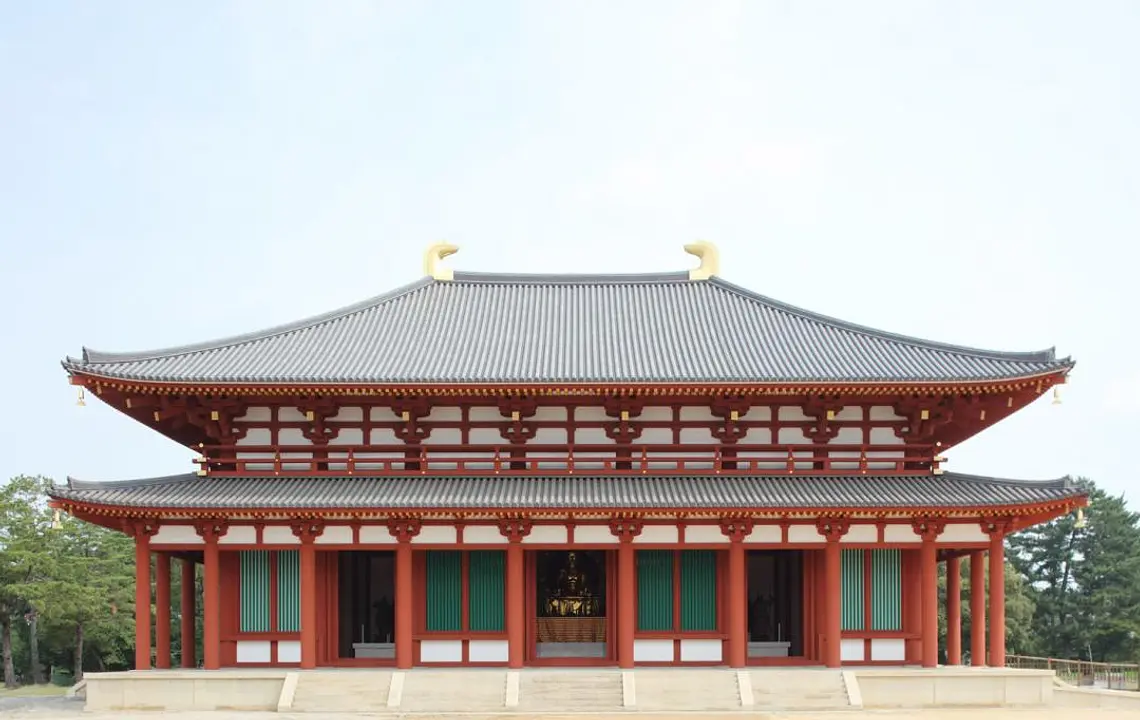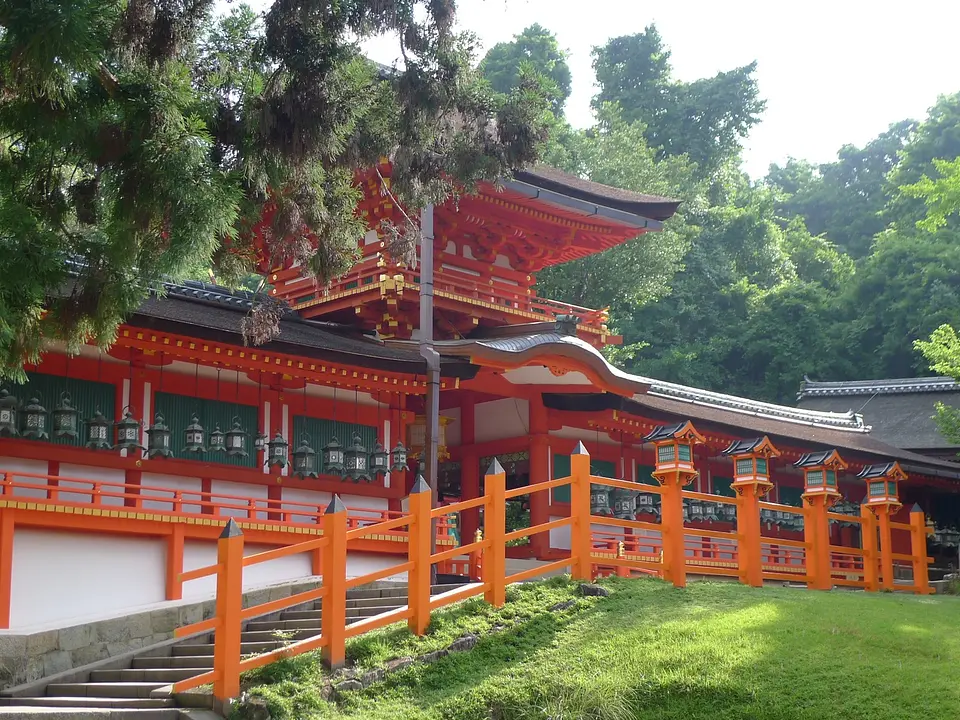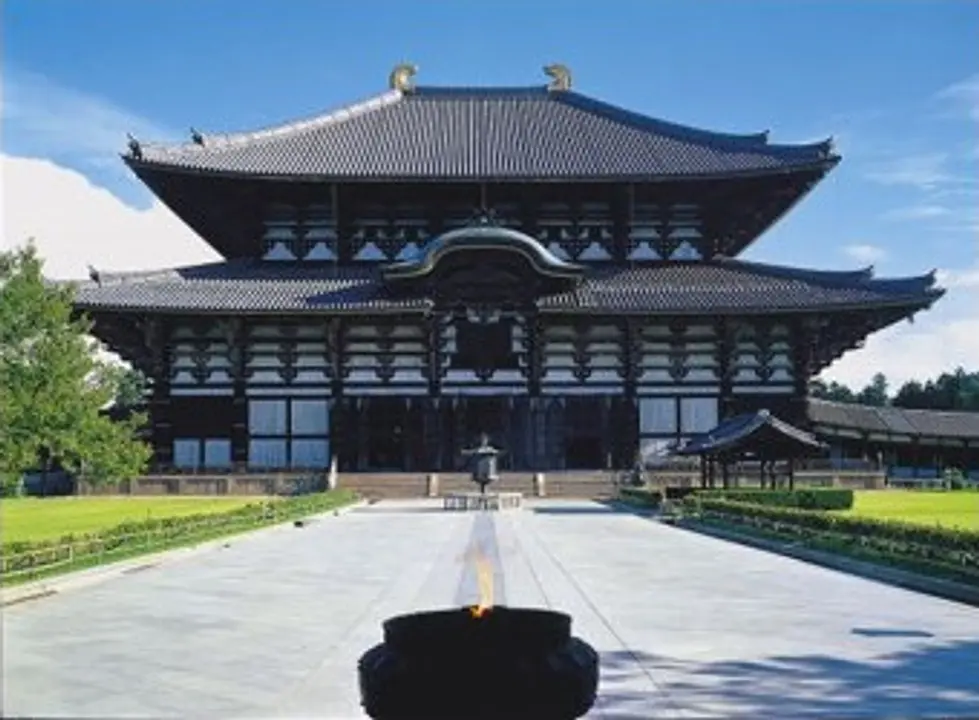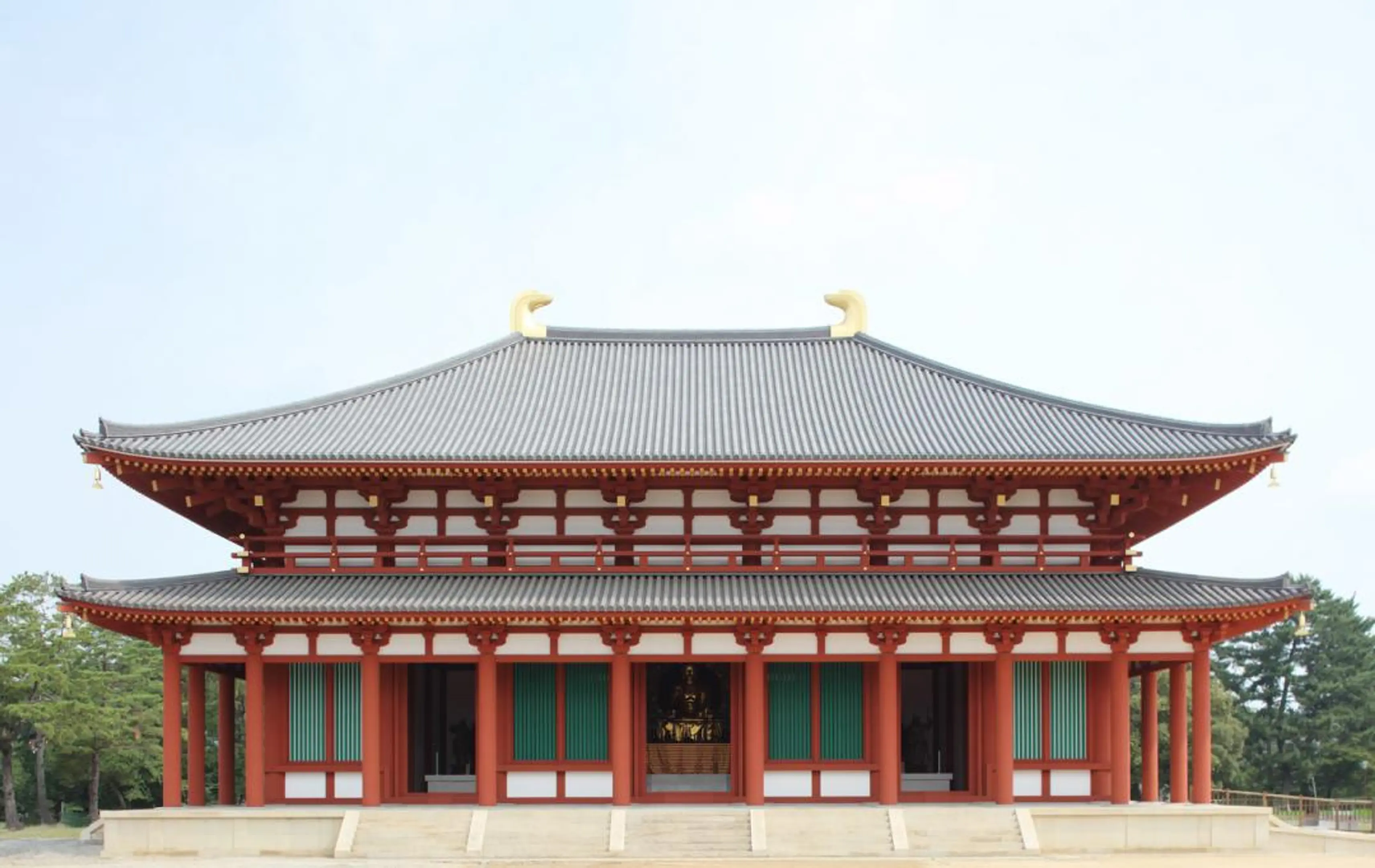Model Course
「奈良公園周辺エリア」の世界遺産を巡る 1Dayコース
奈良公園周辺の世界遺産に登録されている興福寺や東大寺、春日大社を歩いて巡るコースです。
| Areas |
toudaiji |
|---|---|
| Total course distance | 約4.5km |
| Time Needed | 約4時間 |
Model Course
Kintetsu Nara Station Tourist Information Center
Kintetsu Nara Station Tourist Information Center
The gateway to sightseeing in Nara. A comprehensive tourist information center located on the 1st floor of Kintetsu Nara Station. You can also get tourist maps of the city and various flyers and pamphlets.
Kofuku-ji Temple

Kofuku-ji Temple
The Kofuku-ji Temple, situated next to the Todai-ji Temple, was prosperous as a forerunner of "Buddhism for aristocrats" in the Nara period. Among the seven biggest temples of Nara, the Kofuku-ji Temple has developed through the closest relationship with the town of Nara. In the 3rd year of the Wado era (710), the Umayasaka Temple, the predecessor of the present Kofuku-ji Temple, was transferred from Asuka to the Nara capital by Fujiwara-no-Fuhito. Then, as a tutelary temple of the Fujiwara family, it extended its influence with the prosperity of the family. The temple was attacked by the Taira family in the fourth year of Jisho (1180), and most of the temple buildings were burned down. In the Kamakura period (1192-1333), however, the Fujiwara family took a position of the Military Commissioner of Nara, and eventually became so influential that they occasionally appealed to the Imperial Palace with soldier monks. In the vast precincts of the temple are the Chukon-do Hall, the Tokon-do Hall, the Hokuen-do Hall, the Nan'en-do Hall, the Five-storied Pagoda, the Three-storied Pagoda, the Ooyuya Bathhouse, the Oomi-do Hall and the Treasure Hall, some of which were constructed in and after the Kamakura period. As for Buddhist sculptures, there are a lot of famous articles and masterpieces of the Tempyo era. (The Chukon-do Hall will be completed in 2018.)
Kasugataisha Shrine

Kasugataisha Shrine
The Shrine lies in a primeval forest of cedars and a kind of Chinese black pines. The brilliant vermillon edifices are beautifully contrasted with their surrounding greenery. Going through the first and second Torii gates, you can see a lot of stone lanterns standing on both sides of the approach to the shrine. Going on further, you will find the south gate on the left. The main hall is located among trees behind the gate. From the gate a corridor extends to the left and to the right. A great number of lanterns hung from the eaves of the corridor are producing an elegant atmosphere. In the 3rd year of the Wado era (710), when the capital was transferred to Nara, Fujiwara-no-Fuhito celebrated a mass for tutelary deities of the Fujiwara family, which is considered to be the origin of this shrine. In the 2nd year of the Jingo-Keiun era (768), shrine buildings started to be constructed here. Just like the Kofuku-ji Temple,shrine buildings were added, along with the prosperity of the Fujiwara family. In the first half of the Heian period (794-1192), shrine buildings were completed on the same scale as they are today. After the Middle Ages, the belief was prevalent among commoners, which is shown by the fact that various-shaped hanging lanterns and stone lanterns known as "Mantoro" were mostly the donations from common people. The tutelary deities enshrined here are Takemikazuchi-no-Mikoto from Kashima of Ibaraki Prefecture, Futsunushi-no-Mikoto from Katori of Chiba Prefecture, Amenokoyane-no-Mikoto and Himegami from Hiraoka of Osaka Prefecture. (10 minutes' walk from the bus stop Kasuga Taisha Omote Sando of Loop Line Bus of the city)
Todai-ji Temple

Todai-ji Temple
Todai-ji Temple, known for its "Daibutsu-san," or Great Buddha, is a representative temple in Nara, with an imposing appearance of the largest wooden structure in the world. This is a famous temple of the Kegon sect and was founded by Roben. As the imperial ordinance was issued for the construction of Great Buddha, the temple was erected under national sponsorship so that the Great Buddha would be enshrined. The consecrating ceremony was held in the fourth year of the Tempyo-Shoho era (752). It took almost 40 years to complete the whole temple complex, because the temple site was gradually extended by adding more halls and pagodas. Even after the transfer of the capital to Nagaoka in the third year of the Enryaku era (784), the temple enjoyed its prosperity under the protection of successive emperors, along with the Kofuku-ji Temple. However, the temple buildings were attacked with fire by Taira-no-Shigemori in the 4th yera of the Jisho era (1180), and by the army controlled by Matsunaga Hisahide in the 10th year of the Eiroku era (1567). Many of the buildings are reconstructions of the Edo period (1603-1868). There remain a large number of noted Buddhist statues sculptured in the Nara, Heian, Fujiwara and Kamakura periods (710-1333). A typical sightseeing course is as follows: the Nandai-mon Gate the Daibutsu-den Hall the Belfry the Shunjo-do Hall the Sammai-do Hall (Shigatsu-do) the Hokke-do Hall (Sangatsu-do) the Kaisan-do Hall the Nigatsu-do Hall the Tegai-mon Gate the Kaiden-in It takes 4 to 5 hours even if you quickly go through the whole course. If you don't have much time,it is better to focus on the Daibutsu-den Hall, the Sangatsu-do Hall (Hall for the March Rite), and the Kaidan-in (Ordination Hall). (15 minutes' walk from Kintetsu Nara Station)
